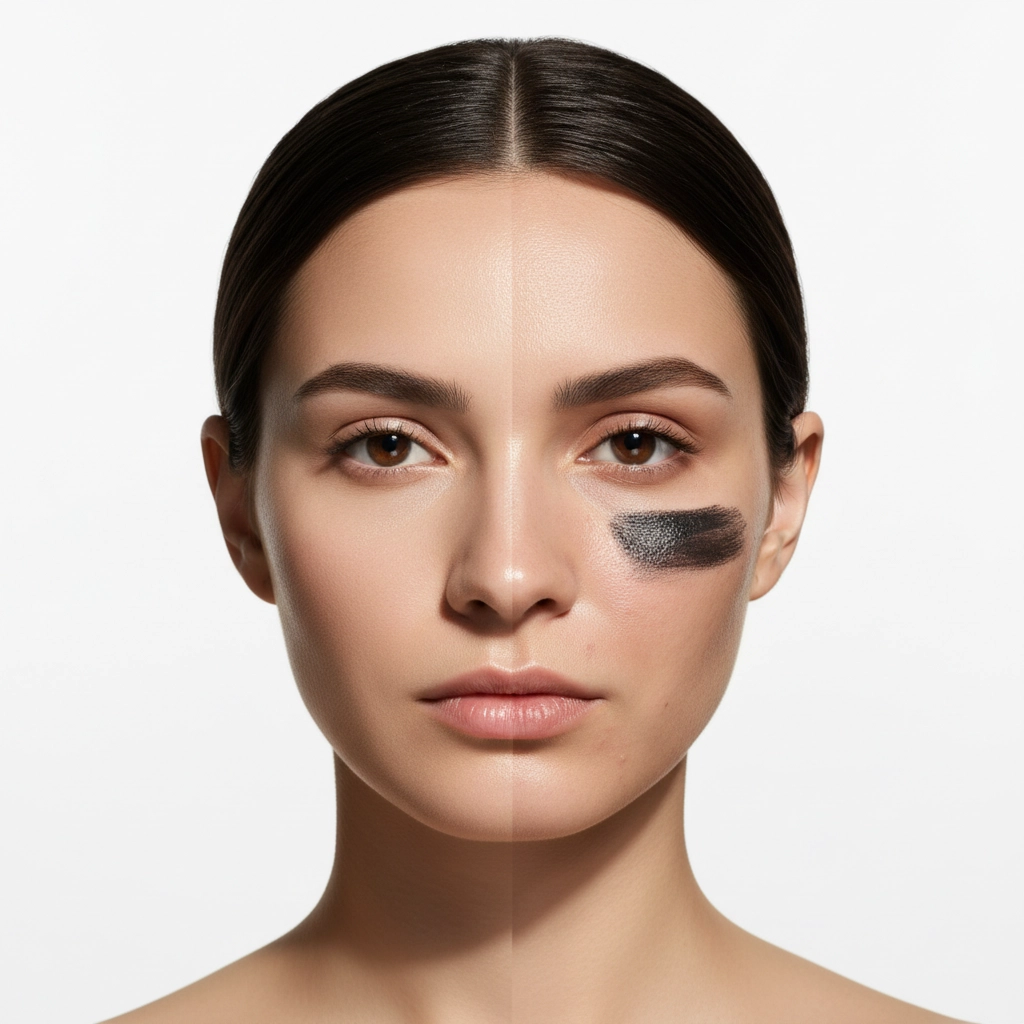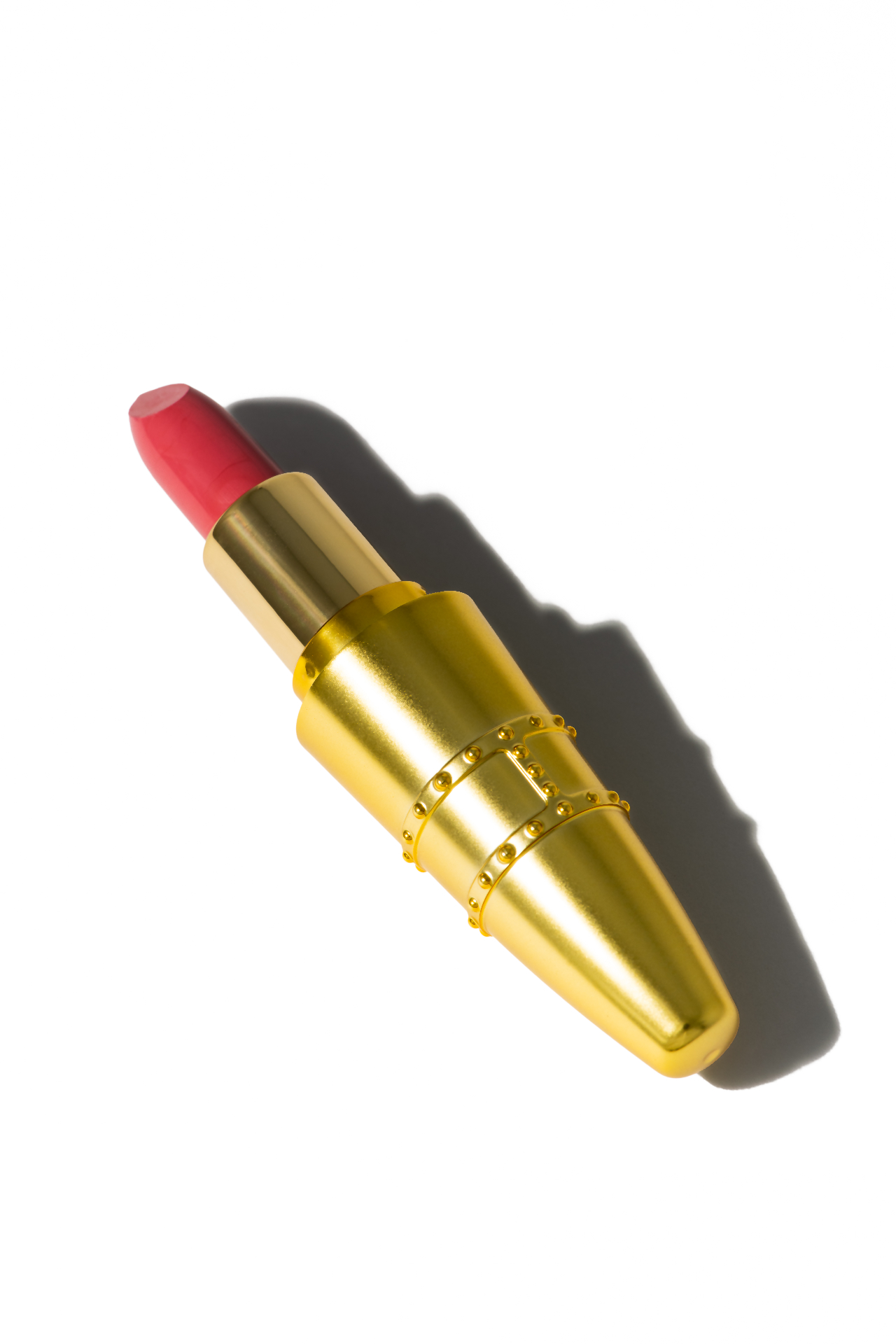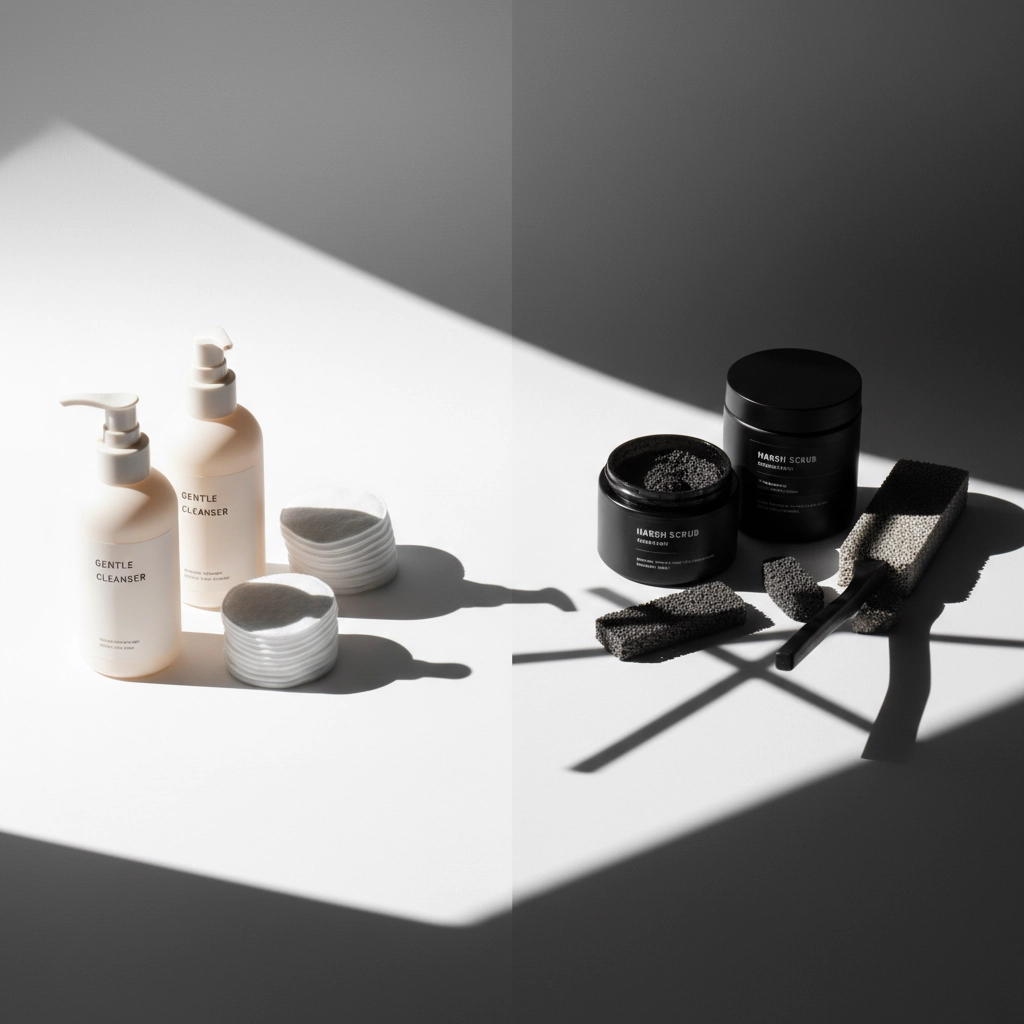7 Mistakes You're Making with Clean Beauty (And How Your Lipstick Could Be Toxic)
Think you've mastered the clean beauty game? Think again. Even the most well-intentioned beauty lovers are making some seriously harmful mistakes that could be sabotaging their skin: and their health. From sneaky toxic ingredients hiding in your favorite lipstick to basic skincare blunders that undo all your good intentions, these missteps are more common than you'd think.
Let's dive into the seven biggest clean beauty mistakes you're probably making (and how to fix them before they wreak havoc on your gorgeous face).
Mistake #1: Sleeping in Your Makeup Like It's No Big Deal
We've all been there: you're exhausted, Netflix just auto-played the next episode, and your bed is calling your name. But leaving your makeup on overnight is basically giving your pores a one-way ticket to Breakout City.
When you sleep in makeup, you're trapping dirt, oil, and environmental pollutants against your skin for 6-8 hours straight. This cocktail of nastiness clogs pores, triggers inflammation, and fast-tracks premature aging. Your skin repairs itself while you sleep, but it can't do its job properly when it's suffocating under a layer of foundation and mascara.
The fix? Keep makeup wipes by your bed for those "can't even" nights, but ideally, invest in a proper double-cleansing routine. Start with an oil-based cleanser or micellar water to dissolve makeup, then follow with a gentle facial cleanser to remove any remaining residue.
Mistake #2: Exfoliating Like You're Scrubbing a Dirty Pan
More isn't always better, especially when it comes to exfoliation. If you're using those harsh, gritty scrubs daily or going ham with multiple exfoliating acids, you're actually damaging your skin's protective barrier.
Over-exfoliation leads to redness, sensitivity, and that tight, uncomfortable feeling that makes your skin look more irritated than glowing. Your skin becomes vulnerable to environmental damage and struggles to retain moisture, creating a vicious cycle of dryness and irritation.
Dial it back to 2-3 times per week max, and choose gentle exfoliants with smooth, rounded particles or mild chemical exfoliants like lactic acid. Your skin should feel soft and smooth after exfoliating, not raw and angry.

Mistake #3: Using Cleansers That Strip Your Skin Bare
That squeaky-clean feeling after washing your face? It's not a good thing. When your cleanser leaves your skin feeling tight and stripped, it's removing your skin's natural protective oils along with the dirt and makeup.
This disrupts your skin's pH balance and compromises the moisture barrier, leading to increased sensitivity, dryness, and even more oil production as your skin tries to compensate. It's like your face is stuck in a never-ending cycle of overcompensation.
Switch to a gentle, pH-balanced cleanser that effectively removes impurities without turning your face into the Sahara Desert. Your skin should feel clean but comfortable, never tight or squeaky.
Mistake #4: Treating Sunscreen Like a Fair-Weather Friend
Here's a reality check: UV rays don't take sick days. They're hitting your skin through windows, on cloudy days, and even during those quick trips to the grocery store. Yet so many people only reach for sunscreen when they're planning beach time.
UV damage is cumulative and happens every single day, contributing to premature aging, dark spots, and increased cancer risk. Even indoor activities near windows expose you to harmful rays that break down collagen and create free radical damage.
Make broad-spectrum SPF 30+ your daily non-negotiable, applied as the final step in your morning routine. Reapply every two hours if you're spending extended time outdoors. Your future self will thank you.
Mistake #5: Ignoring the Toxic Chemicals Hiding in Your Lipstick
Here's where things get really scary. That pretty lipstick you're wearing might be a daily dose of poison. Studies have found lead in over half of tested lipstick brands: and we're talking about the FDA finding lead in ALL 20 brands they tested.
Lead doesn't appear on ingredient labels because it's considered a "contaminant" that sneaks in through tainted raw materials and pigments. But here's the kicker: there's no safe level of lead exposure. This neurotoxin is linked to developmental problems, miscarriages, and infertility. If you're reapplying lipstick 2-3 times daily, you're ingesting considerable amounts of these contaminants.

But lead isn't the only villain in your lipstick. Parabens mimic estrogen in your body and are linked to breast cancer risks. Petroleum-based ingredients can clog pores and contribute to premature aging. Artificial fragrances: which manufacturers aren't required to disclose: can cause hormone disruption, skin reactions, and migraines.
The solution? Choose lipsticks with transparent, clean ingredient lists. Look for certified organic formulas that are free from parabens, petroleum derivatives, and synthetic fragrances. Refillable options are even better for both your health and the planet.
Mistake #6: Not Reading Ingredient Lists (Or Not Understanding Them)
"Clean" and "natural" aren't regulated terms in the beauty industry. Brands can slap these labels on products filled with questionable ingredients, and many consumers take them at face value without doing the detective work.
Learning to read ingredient lists is like developing a superpower. Ingredients are listed in order of concentration, so the first five ingredients make up the bulk of the product. Watch out for sneaky names: parabens often end in "-paraben" (like methylparaben), and synthetic fragrances might be listed as "parfum" or simply "fragrance."

Use resources like the Environmental Working Group's Skin Deep database to research your products. When brands are transparent about their ingredients and manufacturing processes, they're usually confident about their safety and efficacy.
Mistake #7: Falling for Green-Washing Marketing Tricks
Just because a product has earthy packaging and mentions "botanical extracts" doesn't mean it's actually clean. Green-washing is rampant in the beauty industry, with brands using minimal amounts of natural ingredients while still loading products with synthetic chemicals.
Some brands add a drop of organic aloe vera to a formula packed with sulfates, parabens, and synthetic dyes, then market it as "natural." Others use terms like "chemical-free" (which is scientifically impossible: everything is made of chemicals) or "non-toxic" without any real oversight.
Do your homework. Research brands, look for third-party certifications like USDA Organic or EWG Verified, and support companies that are transparent about their ingredients and manufacturing processes. Real clean beauty brands will gladly share their ingredient sourcing and testing information.
Making the Switch Without Breaking the Bank
Transitioning to truly clean beauty doesn't have to happen overnight or bankrupt you. Start with products you use most frequently: like your daily lipstick or cleanser: and replace them as you run out.
Focus on multi-purpose products that give you more bang for your buck. A clean, refillable lipstick that doubles as a fashion accessory? That's efficient and sustainable.

Remember, clean beauty is a journey, not a destination. Every small switch you make is a win for your health and the environment. The goal isn't perfection: it's progress toward safer, more sustainable beauty choices that make you look and feel amazing.
Your skin deserves better than toxic chemicals disguised as beauty enhancers. By avoiding these seven common mistakes, you're taking control of your beauty routine and making choices that support your long-term health and radiance. Now that's what I call empowering.